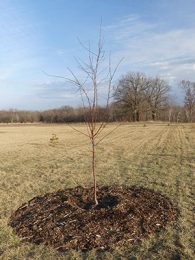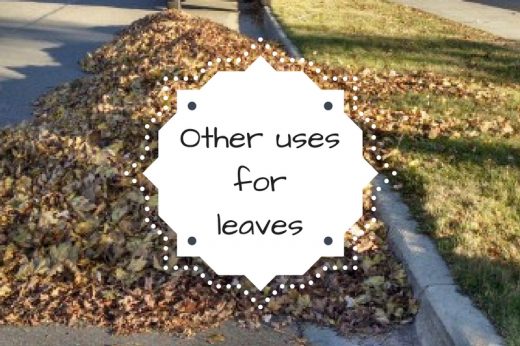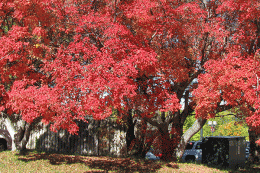I know many people save garden seed from year to year. Why would we do this? You may have your favorite variety of watermelon that you just can’t find anywhere so you keep the seed. Besides, garden seed can be expensive, and you may want to consider using seed from previous years to save some money.
sSeed stores best if kept in a cool, dark, dry location. Try a zip-locked plastic bag or a plastic jar such as a reused peanut butter jar to keep seed dry. Seed will be viable longer if kept between 40 and 50 degrees F. Temperatures a bit lower than 40 degrees are fine as long as they are not sub-freezing. Therefore a refrigerator is a better choice than a freezer which can prove detrimental to seed longevity if there is too much moisture in the seed. Seed that has 8% or less moisture can be frozen without harm and will actually store much longer than seed stored above freezing. Seeds dried to 8% or less moisture will break instead of bending when folded. Those that have a hard seed coat such as corn and beans will shatter rather than mashing when struck with a hammer.
Seed longevity will vary depending on the crop. Use the following as a guide for seed stored under cool, dry conditions. Continue reading “Garden Seed Can”





